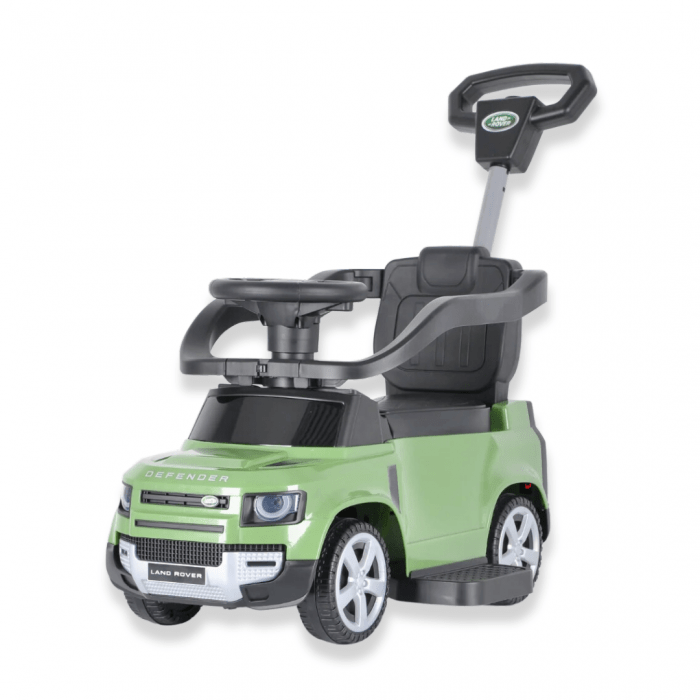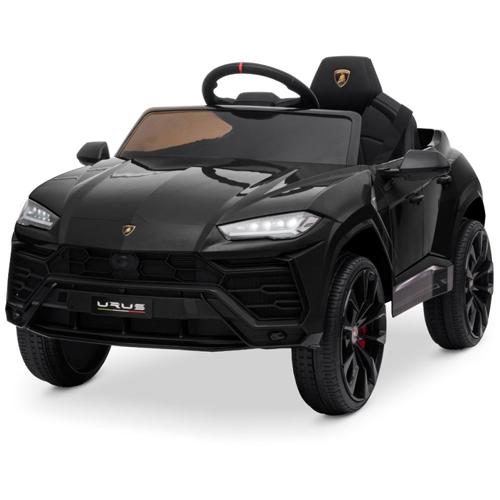Great Facts On Deciding On Electric Kids Cars
What Should You Be Looking At When Selecting A Ride-On Car For Your Toddlers Or Older Children?When considering ride-on cars for kids, it's important to take into account their age, size, and development stage in order to make sure that the car is safe, suitable, and enjoyable for them. These factors should be considered:
Younger Toddlers (1 to 3 years old) Consider riding-on vehicles specially made for this age group. They have basic controls, a low-profile design that's stable, and the option of a steering wheel or button. Select cars that ride on broad bases to ensure stability.
Children older than 3 years age - Older children may handle more sophisticated ride-on cars with extra features and controls. Think about cars that can be adjusted to accommodate children and weight capacity that is larger, and more interactive functions such as lights, sounds or music. Look for ride-on cars that have the ability to adjust speed or parental controls to accommodate various skills and provide safety.
Size
Weight and height - when choosing the appropriate ride-on you should take into account your child's height and weight. Select a car that has an appropriate weight and capacity that is suitable for your child. Avoid cars too big or small. They may be uncomfortable and unsafe.
Comfort and legroom Ensure your child has plenty of space to sit comfortably in the car. Check that the seat area is suitable for your child.
The Developmental Stage
Motor Skills - When deciding on a ride-on vehicle, consider your child's coordination and motor abilities. While infants and toddlers may require more control to operate the vehicle, older children are able to handle more complicated controls and interactive features.
Independence and Confidence. Ride-on cars can help to build independence and confidence as kids learn how to steer and control the vehicle. Choose a car that allows your child to practise steering or braking, acceleration, or both independently, while building motor abilities and confidence as they progress through the years.
Select a car that is attractive and engaging for your child. Pick a car that has characteristics, themes, or colors that are appealing to your child. This could be a classic sporty vehicle or truck.
When you take into account your child's age as much as their size and developmental stage, you'll be able to select a safe, comfortable ride-on that your child will enjoy and take lessons from. Read the recommended JCB ride on toys for website advice including childs electric ride on car, kids electric cars, childrens electric cars, electric two seater cars, electric toy car, 2 seater electric cars, car toy toy, ride electric car, car toy car toy, race car toy car and more. .

What Are The Functions And Other Accessories Included In The Ride-On Cars?
There are a variety of features that come with ride-on vehicles. They include accessories and features that help make the experience more enjoyable and realistic for kids. Here are a few typical features included in the accessories for ride-on cars:
Many ride on cars have working headlights that illuminate the road ahead. This enhances real-world realism and visibility, especially in areas with poor lighting or at night.
Horn Sounds
The ride-ons usually come with a horn that can be pressed or a steeringwheel that produces a loud horn sound. Children can pretend to drive in a real car and be alert to other children.
MP3 Player Compatible MP3 Player Compatibility
Some ride on cars have MP3 compatibility. This allows children to connect portable music devices to an additional input port or USB port. Listening to their favorite music while driving increases the fun of the ride-on vehicle.
Realistic Engine Noises -
Some ride-on vehicles have sound effects built in that mimic real engine sounds. They can also be equipped with acceleration or revving sounds. The sounds help enhance the driving experience, making it more realistic for your child.
Remote Control
Some ride-ons come with parental remote controls that allow parents to supervise and assist their children from a distance. Parents can control the car they are riding on, regulate its speed, or even stop it remotely. This allows them to feel secure and at ease.
Seat Belts
Many ride-on cars feature seat belts or safety harnesses which secure the child inside the seat, offering additional security and stopping them from falling out in the course of the play.
Doors for Working
Several rides-on cars are equipped with doors that are able to open and shut, which makes it much easier for children to get into and out of the vehicle. It also improves the driving experience.
Storage Compartment
Some ride-ons have a storage compartment, or trunk, where kids can store toys as well as snacks and other things. These features add flexibility and ease to the playing experience.
Adjustable Seats -
Certain ride-on vehicles have seats that are adjustable, and can be shifted forward or backwards in order to accommodate different heights of children or provide more legroom when they increase in height.
Remote Emergency Stop Buttons
In addition to the remote control some rides on vehicles also have an emergency stop button that is controlled by remote. Parents can utilize this to stop their vehicle in the event of an emergency or danger.
Ride-on vehicles are equipped with accessories and features to enhance the enjoyment, safety, and realism of their rides. Kids can play fantasiastic games and have fun adventures while driving their own car. See the recommended read this on McLaren kids car for blog recommendations including electric ride on, electric car ride, electric ride on cars, ride on toy, childs ride on car, remote control childrens electric cars, childrens electric cars, two seater electric cars, electric two seater cars, toy toy cars and more. .

What Is The Best Remote Control Car For Kids? What Are The Advantages And Disadvantages Of These Vehicles?
Remote control vehicles for children are also known as RC or remote-controlled vehicles, are available in a range of sizes, styles and costs. They're made to fit different tastes and budgets. This article will give you an overview of the types, sizes and prices of remote-controlled cars for children, along with their advantages and disadvantages.
Electric RC Cars – These are remote-controlled, battery-powered vehicles which can be used indoors and out. They are available in many types, including buggies, trucks and sports cars.
Nitro RC Cars – Gas powered remote controlled cars which have better performance but require more maintenance. They are typically bigger and more expensive than electric RC vehicles.
Scale Models (Remote-controlled replicas) They are miniatures of real-life vehicles such as airplanes, trucks or automobiles. Scale Models can be found in a variety of scales which range from 1-10 all the way to 1-24. Larger scales give more detail and realistic appearance.
Sizes -
The sizes of remote-control cars for kids range from small micro-sized models to larger-scale versions. The size can influence the efficiency of a car in terms of speed, as well as its handling characteristics.
Micro-sized automobiles are compact and lightweight. They are ideal for indoor use with younger children. Cars with bigger sizes have more power, durability and are thus ideal for off-road and outdoor racing.
Prices
The prices of remote-controlled vehicles for children vary according to factors like dimensions, features, and brands.
Small electric vehicles can be bought for between $20 and $100, and larger electric or nitro-powered RCs may cost between $100 and $500 or more.
Model cars in scale and top-of-the-line hobby RCs can cost anywhere from a few hundred and more than a thousand dollars, depending on how detailed and powerful they are.
Pros and Cons -
Pros -
Adults and kids can both enjoy the fun and excitement of remote-controlled cars.
Skills Development. The operation of a RC vehicle lets children develop hand-eye coordination, spatial awareness and problem-solving capabilities.
Social Interaction RC cars can be enjoyed by family and friends, and encourage social interaction and cooperation.
Customization – A lot of RC cars can be customized using aftermarket upgrades components and accessories that boost the performance and appearance.
Cons
Costs - Quality remote control cars for children can be costly particularly those with hobby-grade advanced features.
Learning Curve: Operating a RC Car is a process that requires the ability and practice, and younger children might have difficulty at first.
Maintenance: RC cars need regular maintenance including cleaning and oiling. Occasionally, they also require replacing parts or repairs.
Safety Issues RC automobiles pose a security danger, and could cause electrocution, collisions and falls if not used under adult supervision.
In general, remote-controlled children's cars provide an exciting as well as educational experience for children of all ages, however it is important to take into consideration things like the size, price features, and safety when choosing the right car for your child. Hobby-grade RC cars are appropriate for older children and avid users, whereas simpler models are ideal for younger youngsters and those who are just beginning. Have a look at the best remote control childrens cars kidscars.co.uk info for blog advice including childrens digger, childs electric ride on car, toy car toy car, remote control childrens car, toy and car, car for toy, car toy car toy, riding digger, car on ride, car on ride and more. .
